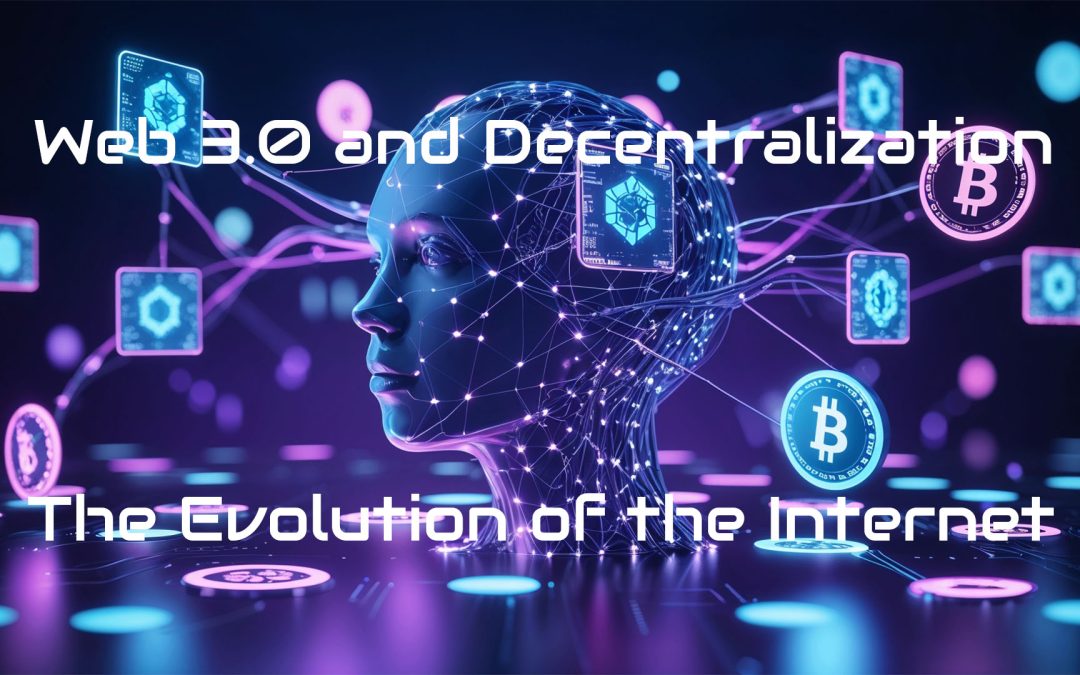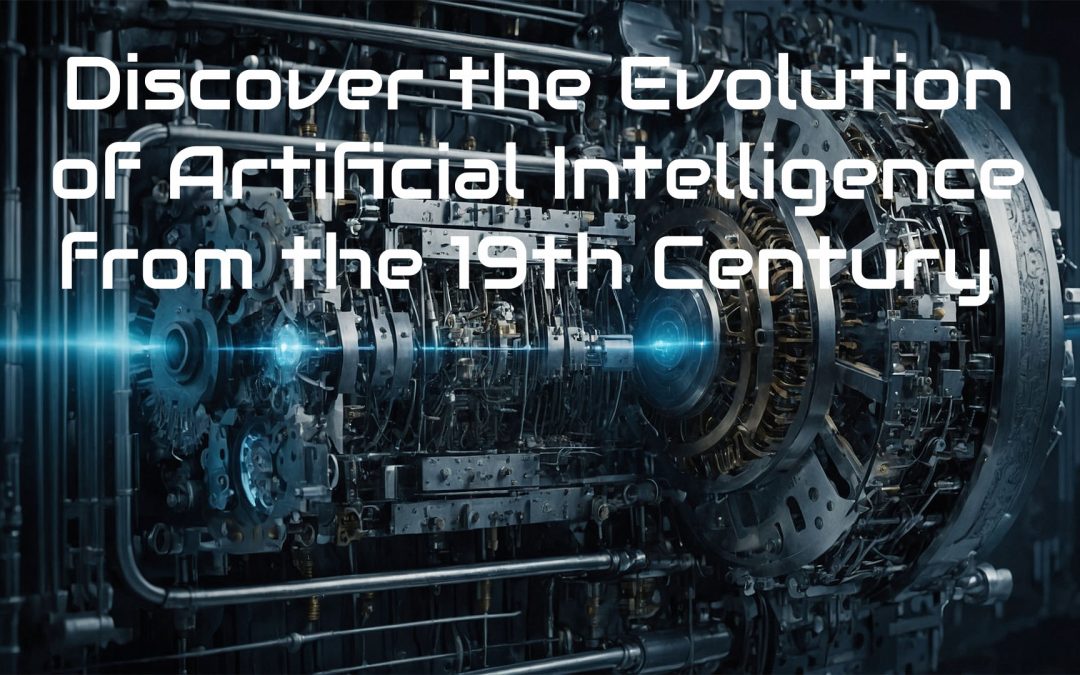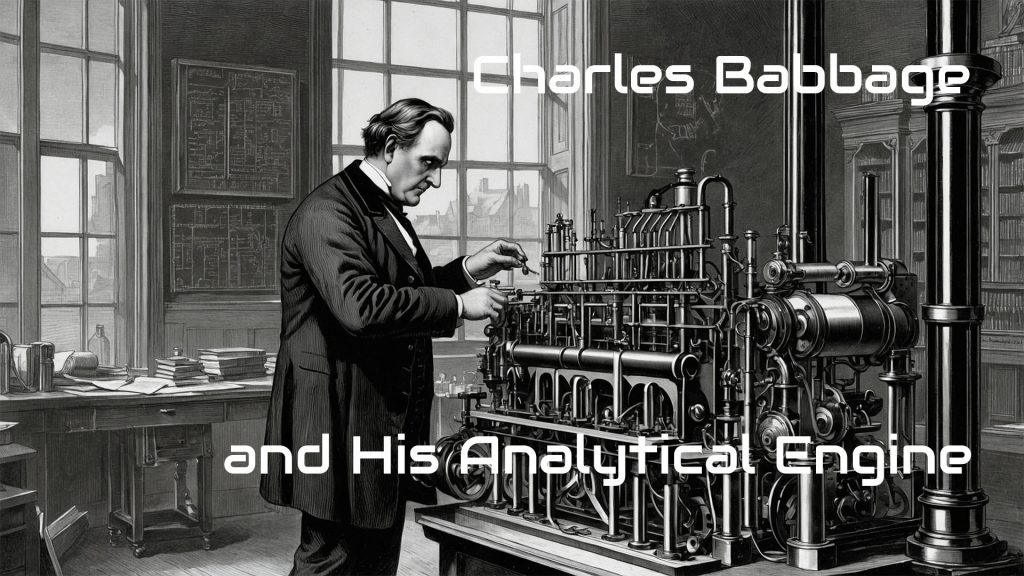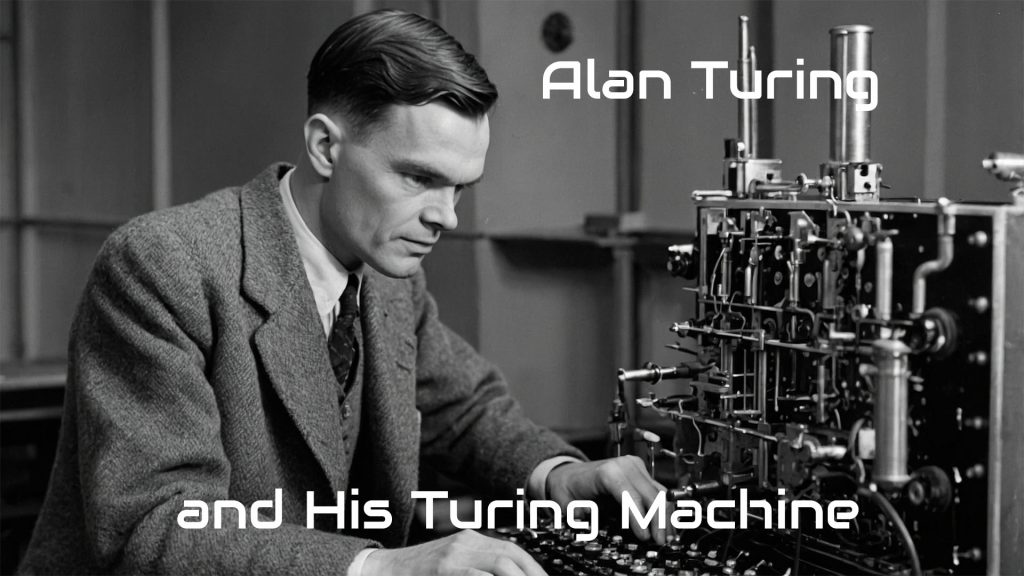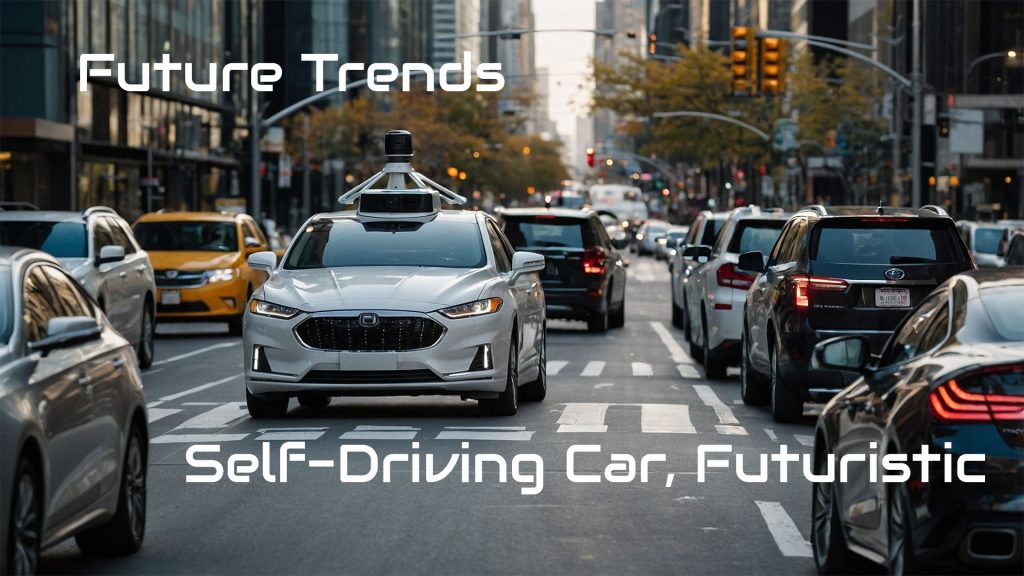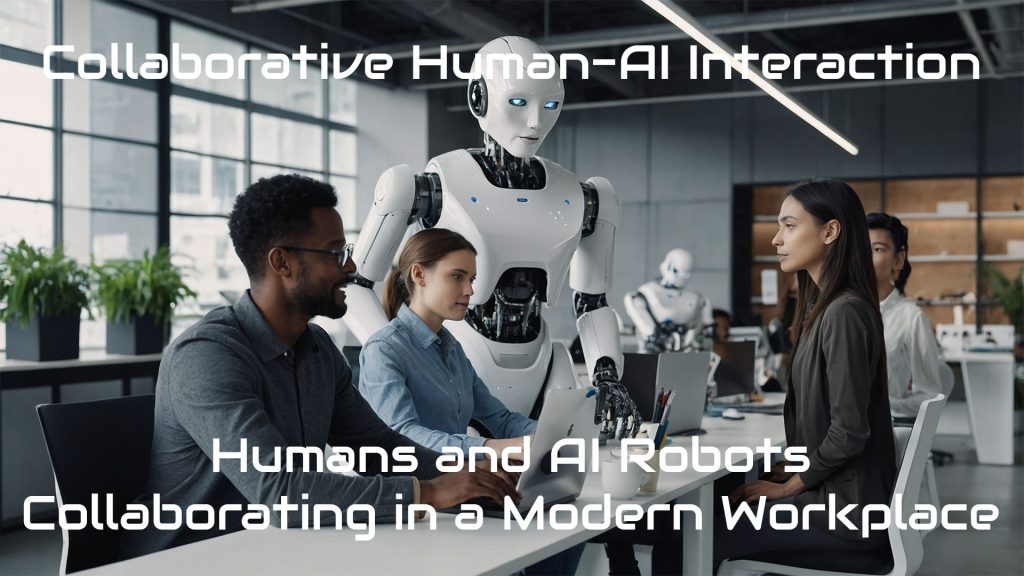
Discover the Top 10 Emerging Technologies – Breakthroughs in 2024
Top 10 Emerging Technologies Shaping the Future in 2024
As we step into 2024, the technological landscape is evolving unprecedentedly.
From revolutionary advancements in artificial intelligence to breakthroughs in biotechnology, these innovations are poised to disrupt industries, redefine possibilities, and improve lives worldwide.
Here’s a closer look at the top 10 emerging technologies making headlines this year:
1. Generative Artificial Intelligence (AI)
The generative AI revolution is far from slowing down. Tools like ChatGPT, DALL-E, and their advanced successors are transforming industries with the ability to create realistic text, images, music, and even video content.
- Applications: Content creation, personalized learning, game design, and software coding.
- 2024 Trend: AI is expanding into real-time applications like live customer support powered by generative chatbots and dynamic storytelling in media production.
- Challenges: Ethical concerns, misinformation, and the demand for regulations around AI usage.
2. 5G and Beyond
5G technology revolutionizes global communication with ultra-fast speeds, low latency, and massive device connectivity.
Unlike its predecessors, 5G supports applications requiring real-time responses, such as autonomous vehicles, remote surgeries, and immersive AR/VR experiences. It’s transforming industries by enabling smarter cities, advanced IoT ecosystems, and seamless mobile experiences.
In 2024, 5G adoption continues to expand, unlocking new possibilities for businesses and individuals alike. As 6G research begins, 5G remains the backbone of tomorrow’s interconnected world.
With 5G deployment in full swing globally, the focus now shifts to advanced use cases like 5G Ultra-Reliable Low-Latency Communication (URLLC) and the beginnings of 6G research.
- Benefits of 5G: Faster connectivity, enhanced mobile experiences, real-time data streaming, and new opportunities in IoT.
- 2024 Impact: Remote surgeries, autonomous vehicles, and immersive AR/VR applications.
- Future Trends: Greater adoption in rural areas and integration with edge computing to reduce latency further.
3. Edge Computing
Edge computing takes data processing closer to its source, enabling quicker responses and reducing dependence on centralized servers.
- Why It Matters: As IoT devices proliferate, traditional cloud computing cannot meet the demand for low-latency services.
- Key Applications in 2024:
- Autonomous drones and cars rely on real-time data processing.
- Smart cities are leveraging edge computing for traffic management and public safety.
- Industrial IoT uses edge networks to monitor machinery and prevent downtime.
- Advancement: AI integration at the edge for predictive analytics and decision-making.
4. Biotechnology Breakthroughs
Biotech is at the forefront of solving global healthcare, agriculture, and sustainability challenges.
- CRISPR Gene Editing: Improved precision allows for targeted therapies for genetic disorders.
- Lab-Grown Meat: Scaling up production to make lab-grown meat affordable and environmentally sustainable.
- 2024 Highlight: Advances in RNA-based vaccines, including efforts to combat cancer and auto-immune diseases.
- Ethical Questions: Access to these technologies and unintended consequences in genetic modifications.
5. Quantum Computing Developments
Quantum computing continues to advance, with companies like IBM, Google, and D-Wave leading the charge.
- What’s New in 2024:
- Progress in fault-tolerant quantum systems to reduce errors in computations.
- Greater accessibility through quantum-as-a-service platforms.
- Applications:
- Drug discovery through molecular simulation.
- Optimization problems in supply chains and logistics.
- Cryptography advancements for secure communications.
- Challenges: Scalability and high operational costs remain significant hurdles.
6. Sustainable Energy Innovations
The global push for carbon neutrality has accelerated research into sustainable energy technologies.
- Hydrogen Power: Green hydrogen production methods are becoming more cost-effective, making them a viable energy storage and transportation alternative.
- Perovskite Solar Cells: A breakthrough in solar efficiency and affordability, with potential for commercial deployment in 2024.
- Battery Technology: Solid-state batteries promise longer lifespans and faster charging times, revolutionizing electric vehicles.
- 2024 Outlook: Integration of these innovations into urban infrastructure, including green buildings and renewable-powered grids.
7. Metaverse and Spatial Computing
Though the hype around the metaverse has moderated, its foundational technologies continue to grow.
- Spatial Computing: Integrates AR, VR, and mixed reality into daily workflows, from remote collaboration to training simulations.
- Enterprise Applications:
- Virtual twins for manufacturing processes.
- AR tools for surgeons to perform complex operations.
- Consumer Trends: Gaming, fitness apps, and immersive shopping experiences.
- 2024 Adoption: The rise of affordable AR/VR devices for consumers and businesses alike.
8. Autonomous Systems and Robotics
Robots and autonomous systems are making significant strides in 2024, finding applications far beyond traditional manufacturing.
- Next-Gen Robotics: AI-powered robots capable of adaptive learning, enabling them to navigate dynamic environments.
- Autonomous Vehicles: Improvements in self-driving technology are making pilot programs for urban transportation viable.
- Service Industry:
- Delivery drones.
- Robotic baristas and cleaners in public spaces.
- Challenges: Regulatory barriers and public acceptance remain critical issues for widespread adoption.
9. Cybersecurity Advancements
As digital threats become more sophisticated, cybersecurity technologies must keep pace.
- AI in Cybersecurity: Machine learning tools can detect anomalies and respond to threats faster than traditional methods.
- Zero Trust Architecture (ZTA): A security model that assumes no implicit trust, ensuring strict identity verification at every access point.
- Quantum Cryptography: Emerging solutions aim to future-proof data against the potential risks posed by quantum computers.
- 2024 Focus:
- Enhancing protection for critical infrastructure.
- Safeguarding autonomous vehicles and IoT ecosystems.
10. Healthcare Wearables and Digital Health
The healthcare sector is embracing technology to provide personalized and preventive care.
- Wearable Devices: Sensors for real-time health monitoring, including blood pressure, glucose levels, and sleep patterns.
- AI Diagnostics: Algorithms capable of identifying diseases from imaging data faster than human experts.
- Telehealth Evolution: Advanced platforms integrate with wearables to offer seamless remote consultations.
- Game Changers in 2024:
- Implantable biosensors for continuous monitoring.
- AI tools are providing mental health support through chatbots and virtual assistants.
15 FAQs about Emerging Technologies in 2024
1. What are the top 10 emerging technologies in 2024?
The top technologies include generative AI, 5G, edge computing, biotech, quantum computing, sustainable energy, metaverse tools, robotics, cybersecurity, and digital health.
2. How does generative AI impact industries in 2024?
Generative AI transforms content creation, software development, and personalized education while raising ethical and regulatory challenges.
3. Why is 5G still considered emerging in 2024?
5G continues to expand with advanced use cases like remote surgeries, smart cities, and integration with edge computing, while 6G research begins.
4. What is edge computing, and why is it important?
Edge computing reduces latency by processing data close to the source, crucial for real-time applications like autonomous systems and IoT networks.
5. What breakthroughs are happening in biotechnology?
Key breakthroughs include CRISPR gene editing, lab-grown meat scalability, RNA-based vaccines, and AI-driven precision medicine.
6. How is quantum computing evolving in 2024?
Quantum computing is advancing through fault-tolerant systems and broader accessibility, powering breakthroughs in cryptography and drug discovery.
7. What are the most promising sustainable energy technologies?
Innovations include green hydrogen, perovskite solar cells, and solid-state batteries, contributing to cleaner energy and transportation.
8. How is the metaverse evolving this year?
While hype has subsided, spatial computing and enterprise AR/VR applications are expanding across healthcare, education, and manufacturing.
9. What roles do robotics and autonomous systems play now?
Autonomous vehicles, service robots, and AI-driven machines are entering everyday life, with enhanced learning capabilities and adaptive performance.
10. What are the key cybersecurity developments in 2024?
Advances include AI-powered threat detection, Zero Trust models, and quantum-resistant cryptography for next-generation digital defense.
11. How do wearables revolutionize healthcare?
Wearables provide real-time monitoring of vital signs, enabling predictive healthcare and integration with telemedicine platforms.
12. Are these technologies accessible worldwide?
While accessibility is improving, emerging tech adoption varies globally due to infrastructure, regulation, and economic factors.
13. What ethical issues do emerging technologies raise?
Concerns include privacy, data misuse, AI bias, unequal access to innovation, and consequences of genetic modification.
14. What industries are most impacted by these trends?
Healthcare, manufacturing, education, transportation, and energy are being transformed by AI, quantum computing, and robotics integration.
15. How can individuals prepare for this future?
Staying informed, upskilling in digital literacy, embracing lifelong learning, and engaging with new technologies will ensure readiness for future change.
Summary – The Top 10 Emerging Technologies in 2024
These technologies are not developing in isolation. Many, such as AI, 5G, and edge computing, work synergistically, creating a foundation for unprecedented innovations.
For example, edge computing enhances the responsiveness of AI-powered robots, while 5G ensures their seamless connectivity. Biotechnology breakthroughs rely on AI-driven analytics, showcasing the interconnected nature of emerging technologies in 2024.
While the possibilities are exciting, challenges remain—ethical concerns, regulatory barriers, and the digital divide require ongoing attention.
Still, the progress made in these fields offers a promising vision for a more connected, efficient, and sustainable future.
📚 Related Posts You May Be Interested In
- Edge Computing: Powering IoT and Real-time Processing in the 21st Century ⬈
- Green Tech Innovations in the 21st: Proven Transformative Breakthroughs ⬈
- Augmented Reality vs Virtual Reality: Revolutionary Tech in 2024 ⬈
- Ultimate Guide to Quantum Computing: How Problematic Is It in 2024 ⬈
- Cybersecurity in AI-Based Workflows: Unstoppable Deep Dive in 2024? ⬈
- Ultimate Guide to Quantum Computing: How Problematic Is It in 2024 ⬈
- AI Tools Comparison Series ⬈
This article is part of the Definitive Guide to Brilliant Emerging Technologies in the 21st Century ⬈
Thanks for reading.
Resources for the Top 10 Emerging Technologies Article
- Augmented reality: https://en.wikipedia.org/wiki/Augmented_reality ⬈
- IoT (Internet of Things) ecosystem: https://en.wikipedia.org/wiki/Internet_of_things ⬈
- Virtual Reality: https://en.wikipedia.org/wiki/Virtual_reality ⬈
- 5G: https://en.wikipedia.org/wiki/5G ⬈
- 6G: https://en.wikipedia.org/wiki/6G ⬈
ℹ️ Note: Due to the ongoing development of applications and websites, the actual appearance of the websites shown may differ from the images displayed here.
The cover image was created using Leonardo AI.

